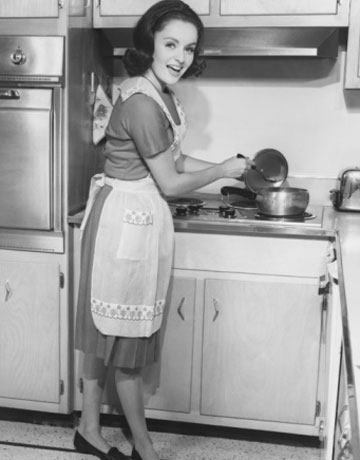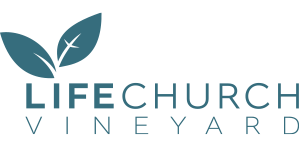Ordinary sentences took on the appearance of an official document when penned in my mother’s beautiful handwriting. As a boy, I proudly presented my mother’s excuse slips to my teachers—“Please excuse Ronnie’s absence as he was sick”—and they would comment about her beautiful handwriting. As I approached high school, I rewrote her legitimate letters in my own hand; otherwise, her distinctive handwriting would have betrayed the many forgeries that were to follow.
 My handwriting has always been more hieroglyphic than artistic, merely hinting at what each word might mean, while my Mom’s came off with an air of aplomb. She could have been John Hancock’s granddaughter, the way her cursive letters flowed gracefully into words. Each of Mom’s letters lilted gracefully to the right like synchronized swimmers. Her hand flowed with the sweep of an artist’s brush, often drifting above and below the regimented lines, yet in perfect proportion. Each of her capital letters was adorned with its own unique yet understated flourish.
My handwriting has always been more hieroglyphic than artistic, merely hinting at what each word might mean, while my Mom’s came off with an air of aplomb. She could have been John Hancock’s granddaughter, the way her cursive letters flowed gracefully into words. Each of Mom’s letters lilted gracefully to the right like synchronized swimmers. Her hand flowed with the sweep of an artist’s brush, often drifting above and below the regimented lines, yet in perfect proportion. Each of her capital letters was adorned with its own unique yet understated flourish.
Letter writing was the social media of my mother’s generation and she, its cursive artist. Sitting on my knees at the kitchen table, I gazed over her arm in amazement as she wrote religiously to family and friends. I was flabbergasted at how rapidly she wrote without ever sacrificing her impeccable neatness. Writing in those days was much more important than it is today. It isn’t that digital fonts aren’t as effective, but they can in no way ingratiate you to their author as did my Mom’s inscriptions.
When asked about her stylistic writing patterns, she was quick to credit her father, Raymond Hart, who taught her the art of handwriting as a young girl. Grandpa Hart worked for the railroad station in Thurston, Ohio, spending countless hours in a tiny elevated booth beside the Thurston Railroad crossing. It was his job to write down the eight digit number of every freight and coal car that passed his window. The train would slow to approximately 20 MPH, and even at that speed the stenciled numbers blurred past with no sequence or continuity. Yet, somehow he was able to accurately record every car number as it rumbled by. He had an artistic flair. While waiting for the next train, he fashioned artistic scrollwork to each set of numbers which eventually resulted in his own elaborately stylized handwriting.
My brothers and I would shove and push one another aside like puppies vying for a spot at their mother’s table as she carefully unfolded a yellowed example of Grandpa Hart’s handwriting. My older brother Dave became an accomplished draftsman, utilizing his heritage to precisely handprint each blueprint dimension as though they had been machine printed. Because of Mom’s handwriting and the heritage handed down through my Grandfather, I’d be less than honest if I didn’t admit I’ve practiced hours to improve my own handwriting. It isn’t too bad… but it isn’t as artistic as my mother’s once was.
I watched as Mom’s handwriting morphed from silky smooth to laborious and shaky. That was, for me, as difficult a part of the process of losing her as any other single aspect. It’s interesting, isn’t it, how something as universal as handwriting can elicit such endearing emotion. Although she’s gone, I cherish the memory of her handwriting.
The Apostle John in the Bible was a great letter writer, too. In 3 John 1:13-14 he wrote,
“I have much to write you, but I do not want to do so with pen and ink. I hope to see you soon, and we will talk face to face.”
I can’t wait to sit down in heaven and talk with Jesus, John and my Mother face to face. I’ll ask her to write one more note:
“Dear Jesus, please excuse Ron… because… well, he’s just Ron.
Signed, Ron’s Mother.”
Happy Mother’s Day!
Signed—A Grateful Son
Read Ron’s column, Simple Faith, each Saturday on the Faith Page (page 3) of the Lancaster Eagle Gazette, or visit www.lancastereaglegazette.com.
